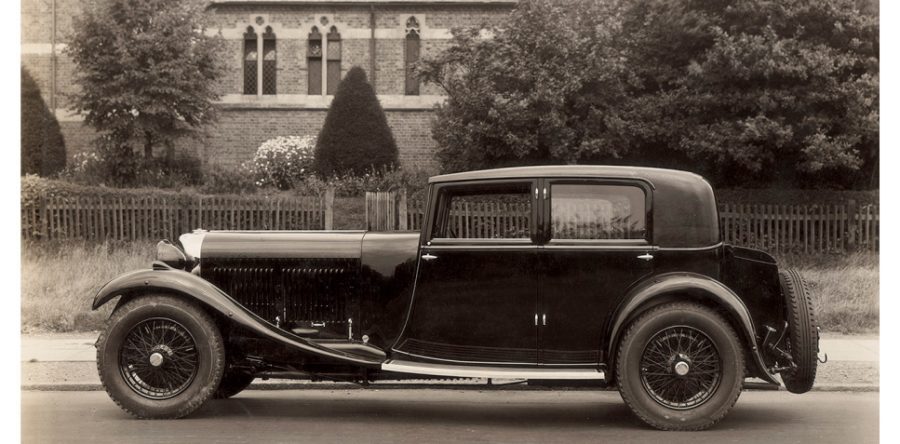Bentley Heritage
Bentley recently completed its centenary in July 2019 marking the brands legacy and all it has stood for in the automotive world.
Birth of Bentley Motors
Recognising his vital contribution to the war effort, W.O. Bentley was awarded an MBE (Most Excellent Order of the British Empire) in the 1919 New Year’s Honours list. He also received £8,000 from the Commission of Awards to Inventors, which gave him the capital he needed to fulfil his dream and start his own car company. And so, on 10 July 1919, Bentley Motors was born. “The policy was simple,” W.O. said. “We were going to make a fast car, a good car, the best in its class.” It was a goal he would achieve again and again.
With over a century in building exclusive automobiles, we highlight some significant models over the years.
Bentley 8-litre

Bentley 8-litre
The 8-Litre was W.O. Bentley’s finest grand tourer. It was also the last car he designed for Bentley Motors. Launched in 1930, it was the largest and most luxurious Bentley of its time.
At the time of the 8 Litre’s launch, W.O. declared: “I have always wanted to produce a dead silent 100mph car, and now I think we have done it.” Such was the power of the car’s 7,983cc, straight-6 engine, that the company guaranteed it would be capable of at least 100mph, regardless of the chosen coachwork.
The Bentley 8-Litre had the largest engine of any car available in the UK at that time. It featured a crankcase made of Elektron, a magnesium alloy. And its maximum power was between 200-230bhp, a huge output for the era. In December 1930, The Autocar recorded a ½ mile terminal speed of 101.12mph in a Bentley 8 Litre.
Bentley 3-litre

Bentley 3-litre
The 3-Litre represents W.O. Bentley’s original vision of ‘a fast car, a good car, the best in its class’ brought to life. It stayed in production from 1921 to 1929 and won countless races, including the 24 Hours of Le Mans in 1924 and 1927.
Bentley’s 3 Litre monobloc engine featured four valves per cylinder, twin spark plugs, twin magnetos and made extensive use of aluminium and magnesium; an advanced specification for 1920, particularly for a road-going car.






